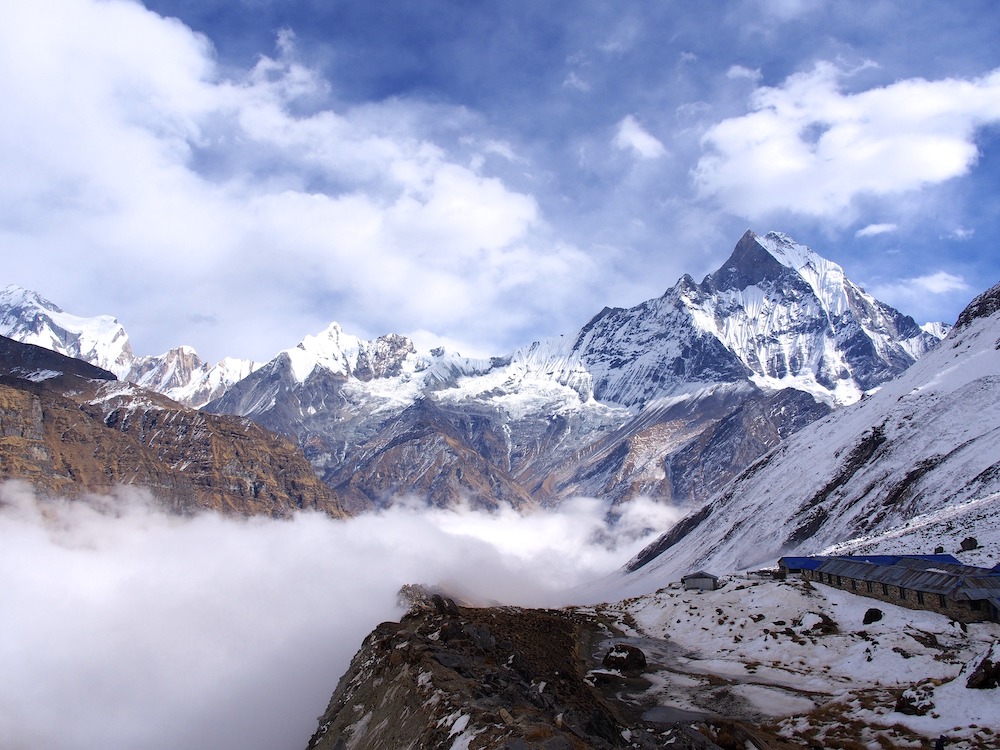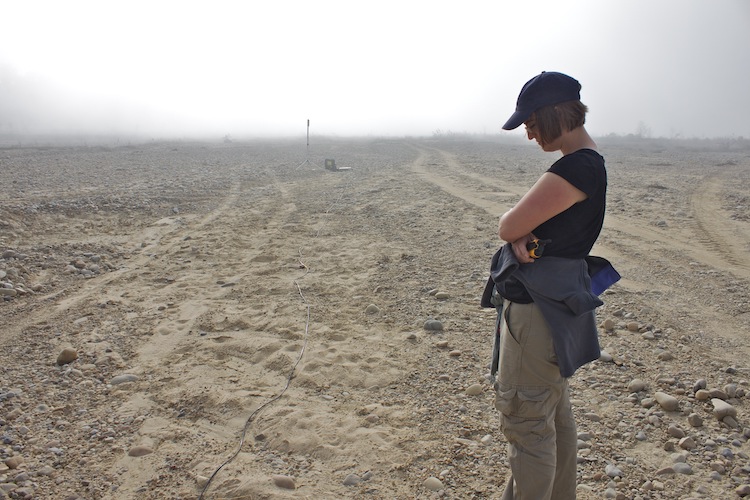The Himalayas rise and sink in a relentless cycle driven by geological forces. In an interview with National Geographic, Assistant Professor Judith Hubbard, a Principal Investigator at the Earth Observatory of Singapore, compares the evolution of the mountains to our breathing cycle.

The mountains rise, or inhale, due to the forces generated as the Indian plate moves northward and collides with the Eurasian plate. They subside, or exhale, when an earthquake happens. The exhalations can be of different intensities, from violent coughs – strong earthquakes – to hiccups – smaller earthquakes. This illustrates the seismic cycle: a complex behaviour of the geological faults which store energy due to the collision between the plates, and release it during earthquakes.
The interview highlighted the findings of a recent study published in Nature Reviews that Asst. Prof Hubbard co-authored. Having spent most of her scientific career studying these enigmatic giants, she said that the Himalayas are a "terrific natural laboratory" to understand how mountains form and what the associated hazards are.
"The ultimate goal is to know what kinds of earthquakes we can expect and what kinds of damage they will produce," she added.
